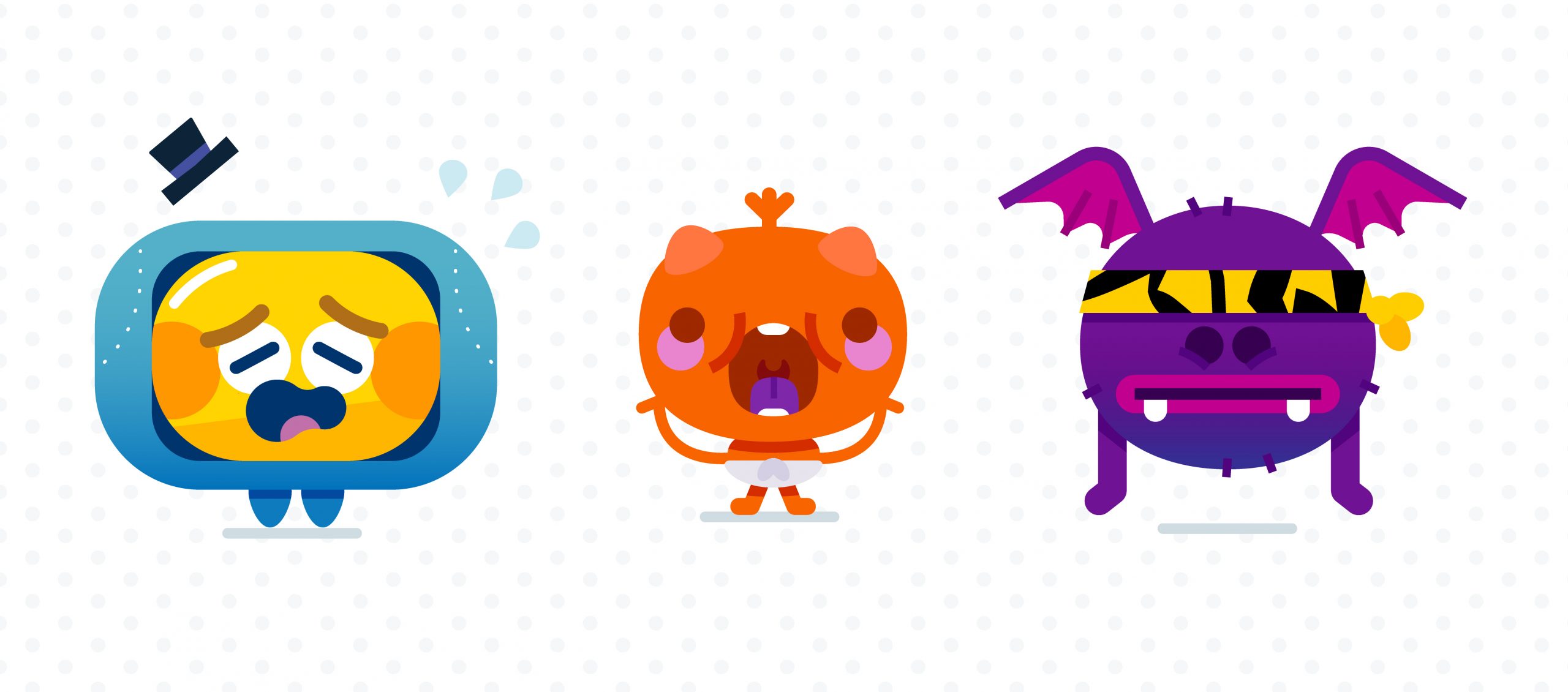Why are some characters instantly adorable? The secret to drawing irresistibly cute characters lies in a mix of proportions, expressions, and psychological tricks. Whether you’re designing for branding, animation, or just for fun, here’s how to draw cute characters!
Big Eyes, Small Features
One of the quickest ways to make a character look cute is by playing with proportions. Large, expressive eyes and tiny noses and mouths create a sense of innocence and appeal. But why does this work so well?
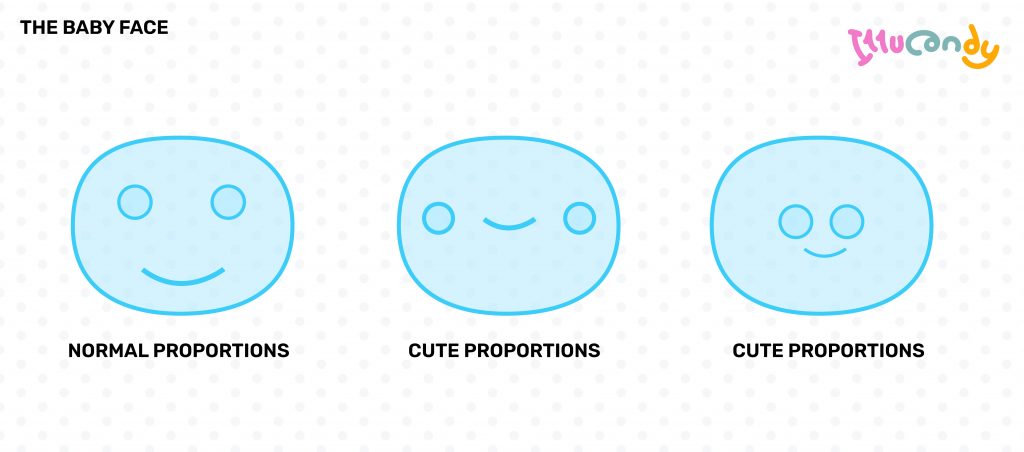
Psychologically, humans are hardwired to find babies cute—it’s a survival instinct that helps ensure the protection of our offspring. And what do babies have? Exactly: big eyes, round faces, and small features. By replicating these proportions in character design, we can instantly trigger the same emotional response in the viewer. This applies not just to human characters but also to animals and even objects!
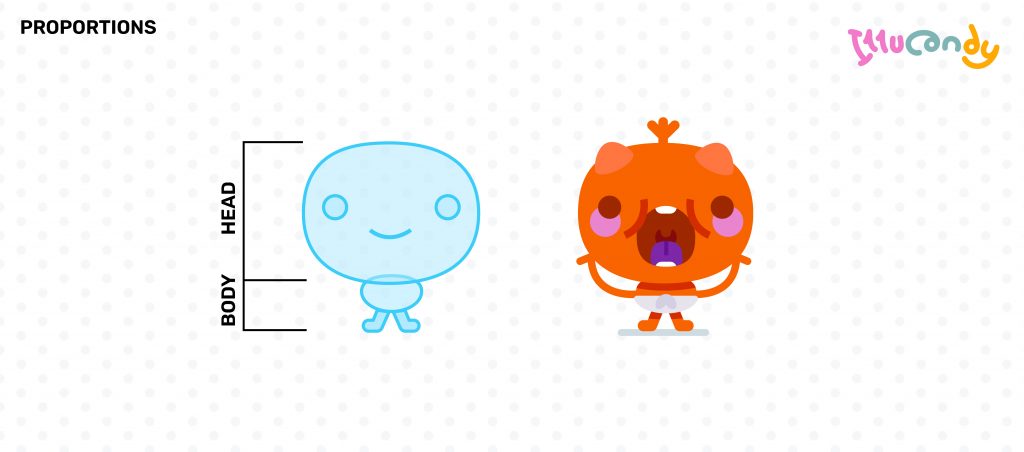
Kindchenschema (Baby Schema): Ethologist Konrad Lorenz introduced the concept of Kindchenschema, describing a set of infantile features—such as a large head, big eyes, and round cheeks—that trigger nurturing responses in adults.
Soft, Rounded Shapes
Sharp angles can make a character look serious or edgy, while rounded shapes (like circles and ovals) create a soft, friendly, and huggable feel. Incorporating more curved forms in a design enhances its overall cuteness.
Try to avoid sharp, rigid shapes—though there are exceptions! Take Pain and Panic from Disney’s Hercules, for example. Despite their angular designs, they still come across as cute. So what makes them different? Let’s explore further!
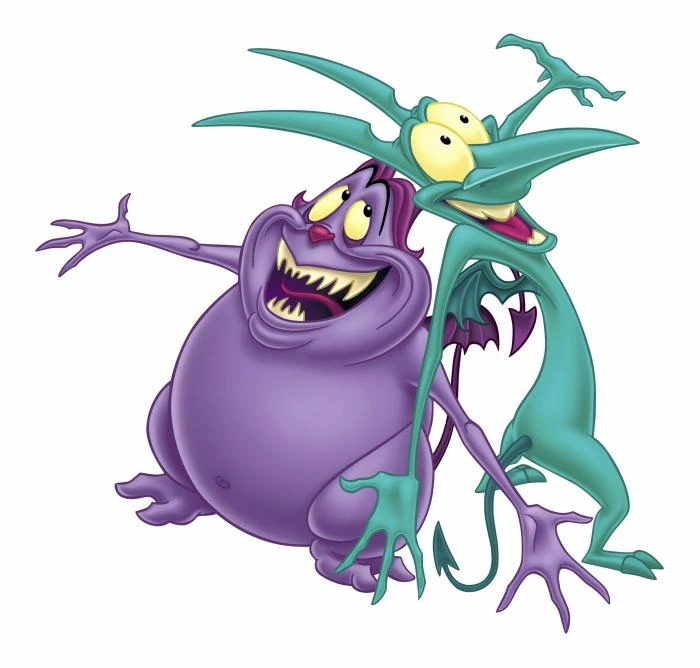
Kewpie Doll Effect: The Kewpie doll effect refers to the tendency of caregivers to respond more affectionately to infants with features resembling Kewpie dolls—specifically, rounded faces and large eyes.
Playful Expressions & Gestures
A cute character isn’t just about looks—it’s about personality! Expressive eyebrows, blushing cheeks, and exaggerated poses can add charm and energy to a design.
This is why Pain and Panic still feel cute despite their sharp features. Their round eyes convey exaggerated emotions, and their comical expressions make the viewer laugh with them. A character doesn’t need a traditionally „cute“ face to be appealing—sometimes, charm comes from how they express themselves!
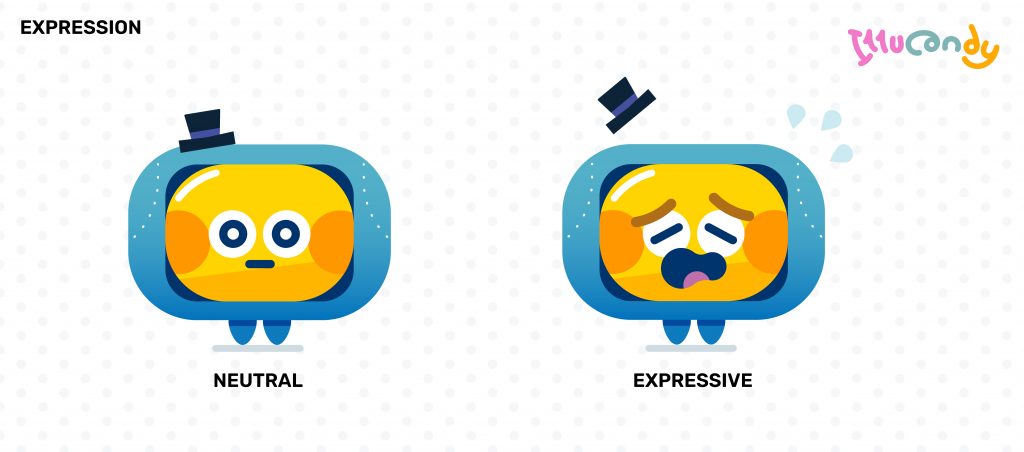
The Magic of Color and Simplicity
Pastel colors, warm tones, and minimal details often enhance a character’s cuteness. Avoid overcomplicating facial features—sometimes, a simple smile is enough to create an emotional connection.
Think about the 😊 emoji. It’s one of the simplest faces possible, yet it immediately conveys friendliness. When designing, ask yourself: Does this line add to the character’s cuteness, or is it unnecessary?
Color choice plays a big role, too. Pastel colors are generally perceived as soft and baby-like, while dark, muted tones feel more serious. That doesn’t mean darker colors can’t work—an „angry-cute“ character could be red or orange and still be adorable! My own characters are whimsical and fun, so I use bright, saturated colors. Think about the emotions your characters should evoke and choose colors accordingly.
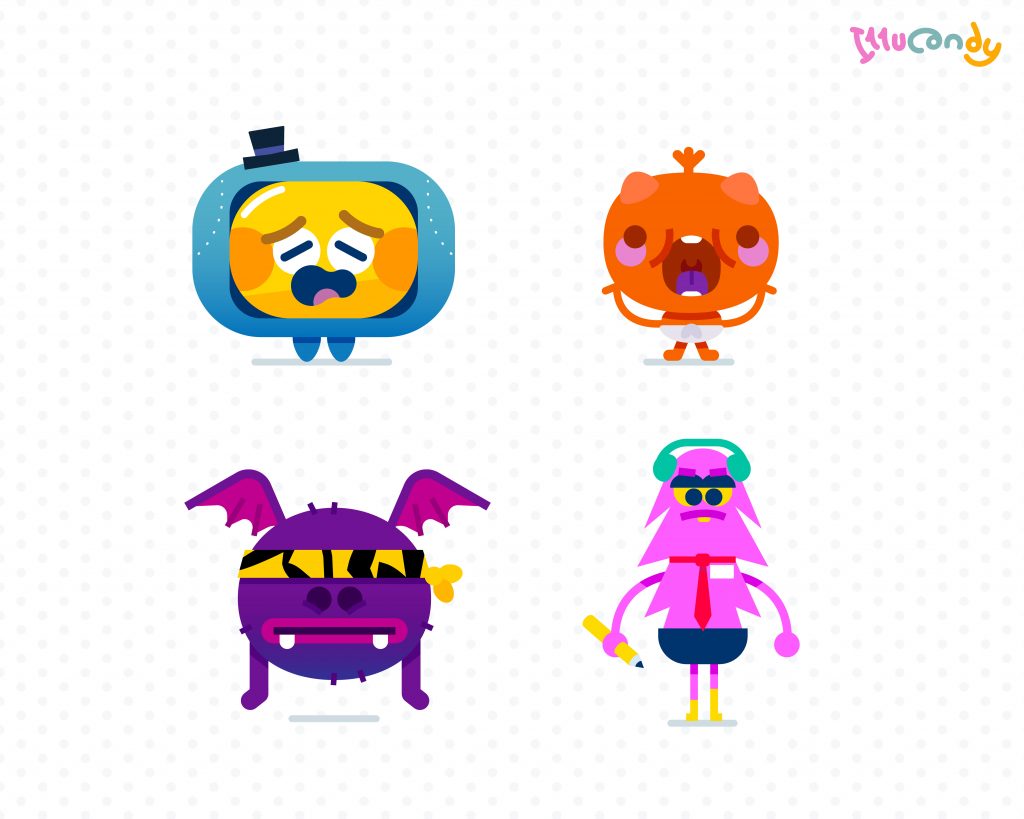
Color Psychology: Color choices significantly influence emotional responses. For instance, the prevalence of blue-colored dogs in children’s television shows, such as Bluey and Blue’s Clues, can be attributed to the calming and mood-boosting effects associated with the color blue.
Bring Your Cute Characters to Life!
Now you know how to draw cute characters! With these simple tricks, you can turn any idea into an adorable design. Experiment with different expressions, proportions, and colors to develop your own signature cute style. Happy drawing!
Links & Research
Hi! I’m a freelance Illustrator and Designer from Germany!
For all the latest news in design and branding, plus free tools, helpful tips, and shop discounts follow my Blog. If you are interested in working together visit my portfolio or learn more about me here.

